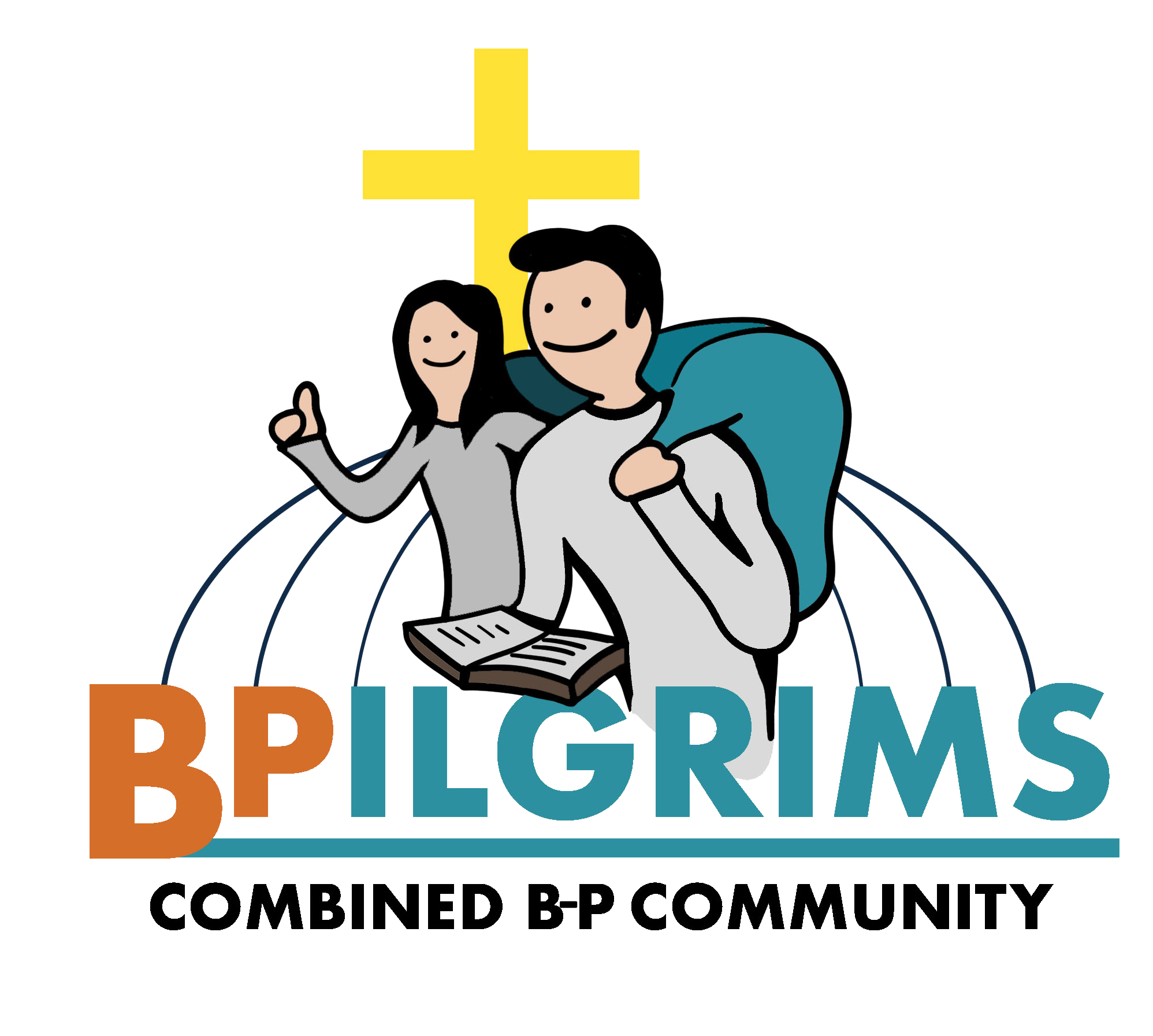O holy night! the stars are brightly shining –
It is the night of the dear Savior’s birth!
Long lay the world in sin and darkness pining –
Till He appeared, gift of infinite worth!
Behold the Babe in yonder manger lowly –
‘Tis God’s own Son come down in human form:
Fall on your knees before the Lord most holy!
O night divine– O night when Christ was born!
O night divine– O night, O night divine!
With humble hearts we bow in adoration
Before the Child, gift of God’s matchless love.
Sent from on high to purchase our salvation!
That we might dwell with Him ever above.
What grace untold– to leave the bliss of glory
And die for sinners guilty and forlorn:
Fall on your knees! repeat the wondrous story!
O night divine– O night when Christ was born!
O night divine– O night, O night divine!
O day of joy, when in eternal splendor
He shall return in His glory to reign,
When ev’ry tongue due praise to Him shall render,
His pow’r and might to all nations proclaim!
A thrill of hope our longing hearts rejoices,
For soon shall down that glad eternal morn:
Fall on your knees! with joy lift up your voices!
O night divine– O night when Christ was born!
O night divine– O night, O night divine!
O Holy Night is a well-known Christmas carol originally based on a French Christmas poem written by poet Placide Cappeau, with music set by Adolphe in 1847. The text and music of this carol found its way to America where John Sullivan Dwight wrote an English version in 1855 and it is this version of the carol that we sing from our hymnals today.
This carol has an unusually wide vocal range spanning 10 notes which makes it slightly harder to sing, particularly for the high notes in the rousing refrain (chorus). Although this carol has only three stanzas, unlike other carols that have at least four, it is one of the few carols that has a pre-chorus ‘Behold the Babe in yonder manger lowly…’ that leads up to the refrain.
O Holy Night is one of my favourite carols – I am drawn to the narrative that is depicted through all three stanzas and the emotionally stirring refrain. This carol speaks of that very night where God’s precious Gift of his Son, the Lord Jesus Christ was born in a manger. We know of several other carols that speak specifically of the night of Jesus’ birth – Silent Night, Holy Night that paints a still and peaceful mood, It Came Upon a Midnight Clear that speaks of angels singing on that special night, On Christmas Night All Christians Sing which depicts joy and hope. The text of O Holy Night not only paints a significantly different mood of glory and splendour, but also brings one through a narrative.
Each stanza of O Holy Night swells in extolling the hope and glory of Christ as they build on each other and reach a climax at the final stanza. Stanza 1 sets a scene of a peaceful starry night and explains the reason for God’s gift of His Son – the sin and darkness that the world finds itself in. A glimpse of hope for the sinful human race appears as the stanza now speaks of the Babe in the lowly manger – Christ’s incarnation. Stanza 2 tells of how we should respond to God’s gift – with humble hearts as we bow in adoration. God’s gift is then explained – the purchase of our salvation and to dwell in heaven with God for eternity. What follows are the two most moving lines in this carol: ‘What grace untold- to leave the bliss of glory and die for sinners guilty and forlorn.’ Christ, choosing to leave Heaven’s glory, was made in the likeness of man, for the sole purpose of coming to earth to die for mankind who rejected and crucified Him! The reason for His coming should put us in eternal gratitude and praise to our Redeemer and King. Such is the depth of mercy and grace that our Lord has towards sinners like us.
As each stanza builds on the preceding, each refrain is sung with an increasingly grand appreciation of Christ’s birth. The narrative of this carol culminates in the final stanza as it portrays the glorious splendour when Christ returns which is our blessed hope. Indeed, we will ‘with joy lift up [our] voices’ in the climax of the final refrain.
Credit must be given to Adolphe Adam for writing such music that complements the meaning and message of the text. I personally find that the high notes of the refrain are in line with the strong call to remember the birth of Christ on that night.
O Holy Night is a carol that tells of the birth of Christ in a grand and glorious setting. Amidst the hymn lies the Gospel message of the saving work of Christ. Though the concept of a ‘Holy’ or ‘Divine’ night is not a Reformed one, we nonetheless delight that the words bring refreshing joy of the thought of Christ’s birth, His atoning work on the cross, and our deliverance from eternal damnation. Blessed Christmas!
